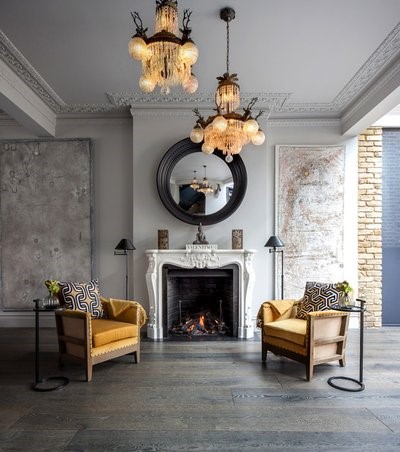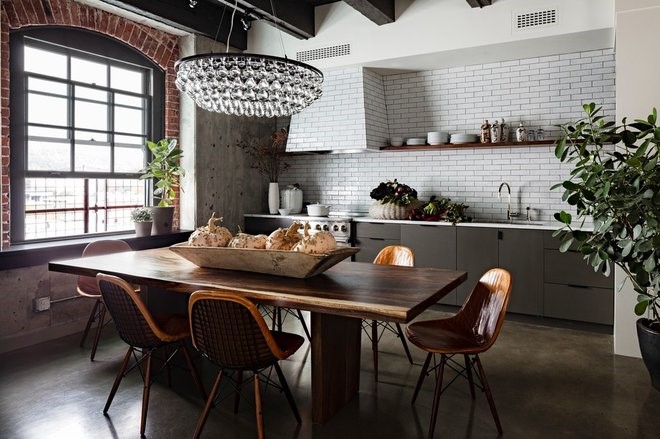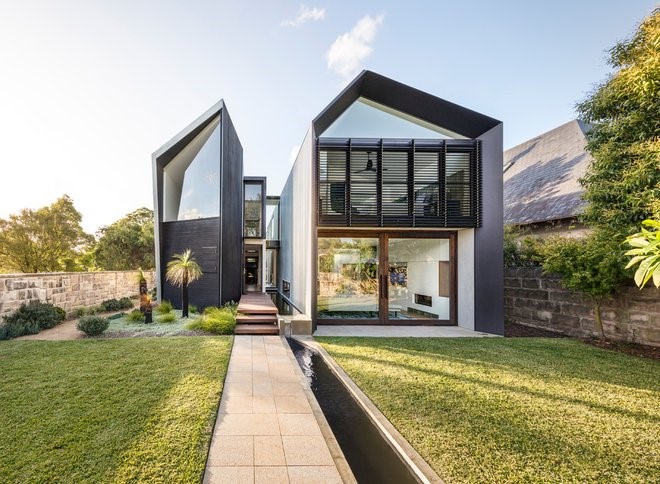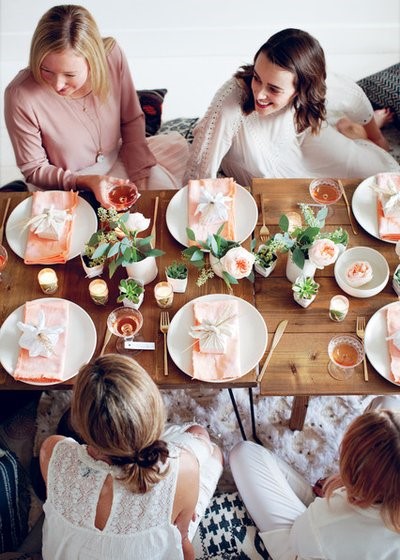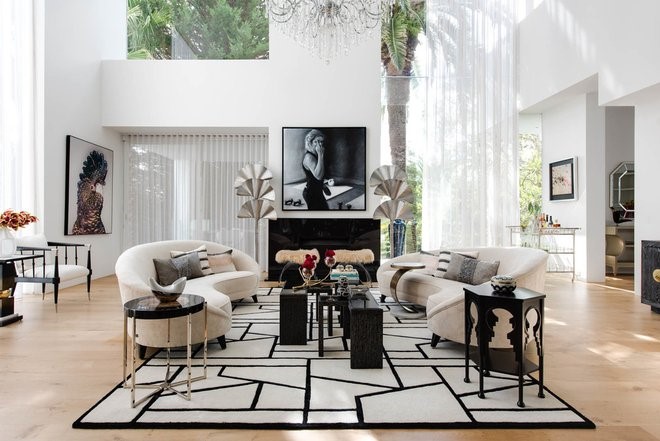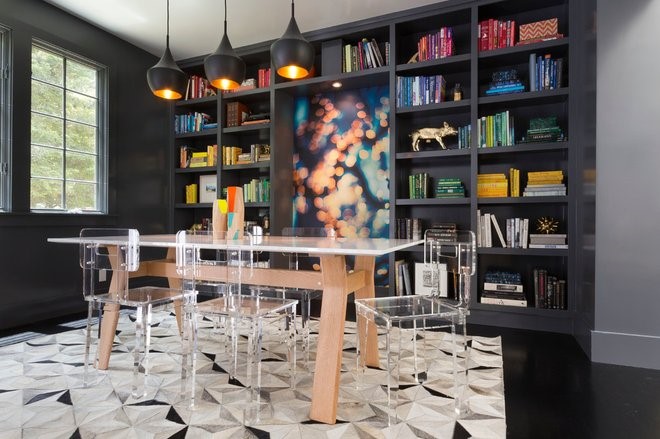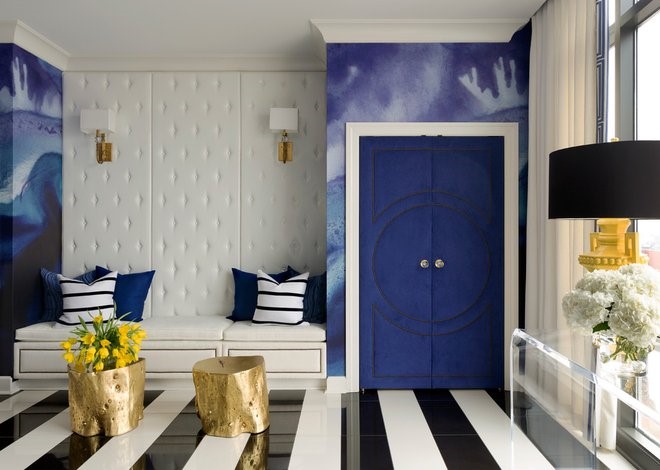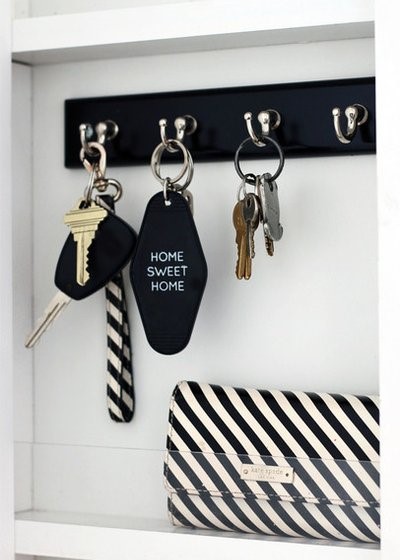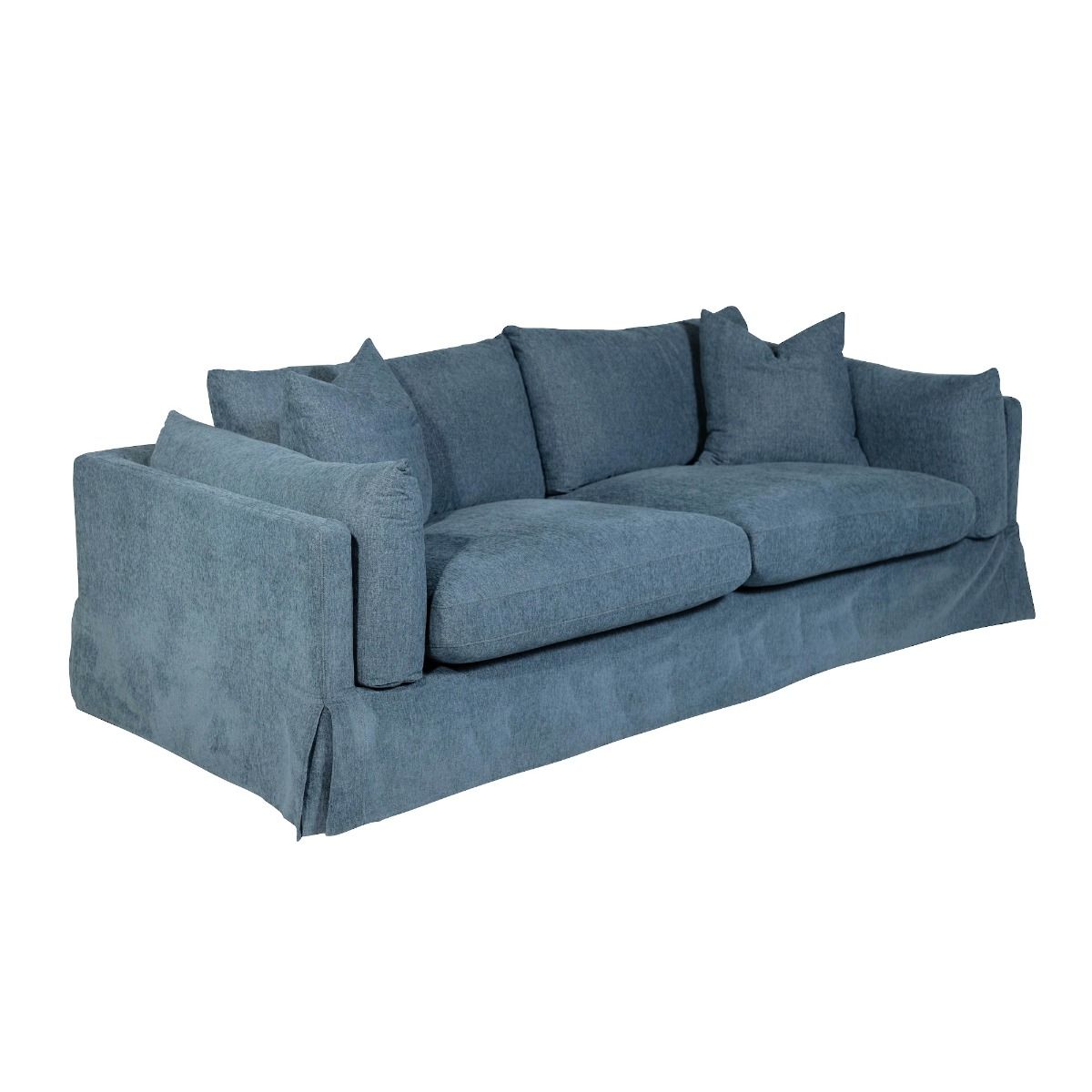The Psychology Behind Making a House Our Home
Author: Julia Fairley Date Posted:8 August 2019

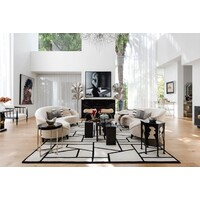
It's impossible to feel 'at home' when our psychological needs aren't being met. But what exactly are those needs?
Have you ever paused to wonder how that feeling of being truly ‘at home’ is created on a psychological level? When faced with a new place – or even one you’ve inhabited for a while that still doesn’t feel like home – we usually busy ourselves with purely practical tasks that improve the aesthetics or functioning of where we live. But delve beyond the tangible and it becomes clear that there’s a deeper psychological dimension at work. Rather than pondering what a place needs for us to feel ‘at home’, perhaps we ought to reverse the question and ask, what do we need to feel ‘at home’ in a place? The answers, according to psychologists, may not be what you expect.
The New & Reclaimed Flooring Company
If you’ve ever taken a class about humanistic psychology, chances are you’ve heard of Abraham Maslow and his Hierarchy of Needs. In 1943, Maslow originally posited the theory that humans are motivated by five tiers of needs: physiological, safety, love or belonging, esteem and self-actualisation. Maslow continued to refine his theory and, during the 1960s and ’70s, cognitive, aesthetic and transcendent needs were added to the mix.
Sounds a tad too esoteric? Stick with us; it gets interesting when you apply this theory to your home and view its design through this lens.
Jessica Helgerson Interior Design
1. Biological and physiological needs
On the most basic level, human beings need fresh air, food, water, sleep, warmth and shelter to live. Fail to meet these needs and you won’t just not feel ‘at home’, you won’t last long. This is one reason why renovations can be so psychologically taxing – even something as simple as getting a glass of water, making a meal or heating your home can be impossible when your plumbing, electricity and gas are out of action.
Browse more marvellous shabby-chic kitchens
2. Safety needs
If you’ve ever felt on edge or unsettled in a new home, it could be that you subconsciously feel your basic safety may be compromised. This is why many new homeowners get their locks changed, why you may sleep better at night after installing a security system and why we like window coverings for privacy.
Safety is not only about protection from external forces but also about minimising what our primitive brains might interpret as threats to our loved ones. Design features such as child-safe window screens on upper levels and balcony balustrades that meet the minimum height go a long way in helping you feel safe and relaxed at home.
3. Love and belonging needs
Affiliating, or being part of a group – whether it’s comprised of friends, family or colleagues – is essential to feeling as though you are ‘at home’.
In practical terms, fulfilling this need could be as simple as buying a few extra armchairs so friends have somewhere comfortable to sit when they visit, opting for a pull-out sofa so guests can stay over, or ensuring you have a large enough dining table to host family dinners.
A home where friends can gather for a beer and a barbecue, where families can celebrate birthdays and holidays together, and where framed photos of your nearest and dearest are in view is a home where our need to experience love and a sense of belonging is valued.
4. Esteem needs
Maslow divided our esteem needs into two categories: our esteem for ourselves, which is wrapped up in our dignity, independence and achievements; and the esteem we crave from others, such as status, prestige and desire for reputation. If you feel proud of your new renovation or of how beautifully you’ve cleaned and styled your home, chances are it’s contributing positively to your esteem. It pays to be wary, however, of seeking esteem from others in such a significant investment as your home – striving to compete with others’ social standing is a game that never ended happily.
5. Cognitive needs
Us humans are a curious bunch; we all crave knowledge and understanding and relish the opportunity to explore. So it makes sense that your home caters to this need, whether it’s in the form of a vast bookshelf brimming with titles that beckon to your quest for information; reliable wifi that lets you read news online from around the world; a map on the wall of your kids’ room; or a garden where you can experiment with growing different plants and seeds.
6. Aesthetic needs
Throughout human history, many a civilisation has embarked on a quest to feather our humble nests with a nod to beauty, balance and form. In fact, this is what most of us hone in on when we try to create that sensation of being ‘at home’ in a place. Styling or designing your house or apartment so it’s aesthetically appealing is a perfectly valid need – albeit not the only pre-requisite to feel ‘at home’.
The Golden Rules of Proportions: Decor Laws You Need to Know
7. Self-actualisation needs
According to Maslow, our need for self-actualisation can be summed up by our desire to become everything we are capable of, to realise our own potential and to seek out experiences for personal growth.
In the context of bricks and mortar, this could mean trying to carve out enough room for a workshop or shed if you enjoy carpentry, having a dedicated place at home to hang your kayak if you like taking to the waterways on the weekend, or being able to go wild in the kitchen and learn French sauce recipes by heart if you’ve always dreamt of being a chef.
8. Transcendence needs
Although the term conjures up visions of the holy grail or nirvana, our need for transcendence alludes to values and beliefs that motivate us beyond ourselves. In many cases, this manifests in religious or spiritual faith, though it also encompasses a connection with nature, higher pursuits and services to others.
This is why many Jewish households place a menorah on a window sill, why practicing Buddhists often dedicate a special place to a statue of their teacher and why other individuals might hang a quote, affirmation or proverb above their desk. If you can’t express or explore your beliefs in the comfort and privacy of your own home, then where can you?
Of course, Maslow’s Hierarchy of Needs is not the be-all-and-end-all – it is but one of countless psychological theories, many of which hold huge relevance to evoking that feeling of being ‘at home’.
This phenomenon is the result of a complex neurological reaction, among other things. It helps to remember that the physical places associated with our thoughts and memories are closely encoded together in our brains – so closely, in fact, that spaces and places can trigger emotions, and our emotions can trigger associations with spaces and places, often without us even being consciously aware of it.
As a starting point, however, being attuned to our psychological needs, and whether or not our home is meeting them, has the power to transform even the most humble abode into the warmest of homes.
<div id="hzroot7165677" style="width:300px;text-align:center;font-size:12px;padding:0;border:0;margin:0;"><div style="font-size:14px;margin-bottom:3px;"><a href="https://www.houzz.com.au/magazine/the-psychology-behind-making-a-house-our-home-stsetivw-vs~109969353" target="_blank">The Psychology Behind Making a House Our Home</a></div><div style="padding:0;margin:0;border:0;margin-bottom:3px;"><iframe data-hzvt="MjAxOTA5Mjk6NDA4ODp2aWV3R2FsbGVyeQ==" name="HouzzWidget6675890" id="HouzzWidget6675890" border=0 frameborder="0" SCROLLING=NO style="border:0 none;width:300px;height:275px;" src="https://www.houzz.com.au/jsGalleryWidget/gallery/109969353//new_window=yes/title_on=yes/width=300"></iframe></div></div>


